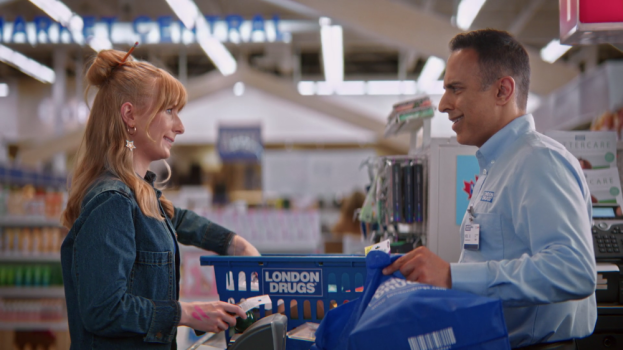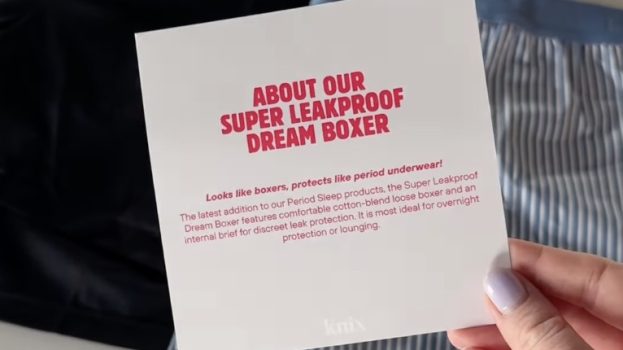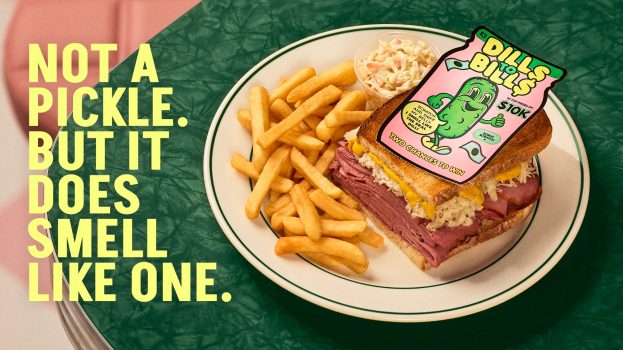Google is adding a holiday touch to its experiential strategy promoting the Google Home Mini smart speaker and the place it could have in the lives of Canadians.
Located in Toronto’s CF Eaton Centre, the Google Home Mini Gingerbread Smart Home is a life-sized gingerbread home built to show off the different capabilities of the smart speaker. During a tour of the home, shoppers will be able to use a Google Home Mini to turn on lights on a Christmas tree, change the holiday music playing, as well as adjust the thermostat and see who is outside through integrations with Nest smart home products. Visitors can walk away with a gift that contains either a fresh gingerbread cookie or a Google Home Mini device to take home.
Google worked with Mosaic on the activation, which runs until the end of the month, at which point a similar holiday activation will be brought to shoppers in Vancouver.
Fab Dolan, head of marketing for Google Canada, says the nature of the Google Home means that once consumers consider getting one more after they have seen it in person, as opposed to in ads, user videos or online reviews.
“That’s why we always try to incorporate a bit of experiential marketing into our strategies when it comes to hardware,” he says. “Given that it is the holiday season, and the product really shines in this time of your life when you’re busy and doing so many things at once, it’s a time when you really see what the product does best.”
The broader marketing mix around Google Home – which launched in Canada roughly 18 months ago – has also included TV ads, digital video and partnerships with retailers. It has also pursued partnerships with Quebec-specific personalities and platforms – such as Ricardo – to drive an emotional connection with consumers in that province and make its marketing feel more “Canadian” overall.
But experiential has been a key part of that mix since the launch, when a “doughnut shop” was set up in several cities across North America (including Toronto in Yonge Dundas Square) that rewarded visitors with a free doughnut in exchange for asking a Google Home device a question. Dolan says, however, that the approach has evolved over the last year from simply giving people a chance to use the product to zeroing in on the actions most useful to a user in their day-to-day life.
“We’ve evolved from just giving people a chance to use the product,” he says. “The doughnut shop was a great way to create buzz, but it wasn’t as helpful in getting people to see the different ways Google Home can be that great personal assistant that knows you. That’s why we’ve evolved to things like the Gingerbread House, where people can see it in action in a few different ways, and in a context they understand so they could picture it in their home.”
Dolan adds that showing “the sum of the parts” has been a particularly effective way to help users connect with the capabilities of the product.
“No one action is going to be the thing that is going to drive someone to purchase or make it a breakthrough product,” he says. “It’s the collection of actions, so that’s been what’s motivating us to shift from more buzzy experiential to things that allow us to walk the walk when it comes to Google Home’s promise of being an effective assistant in your life.”
























